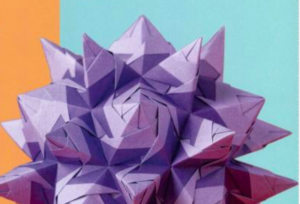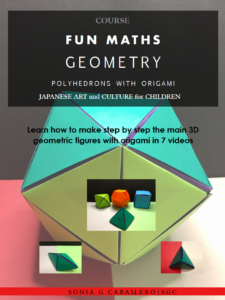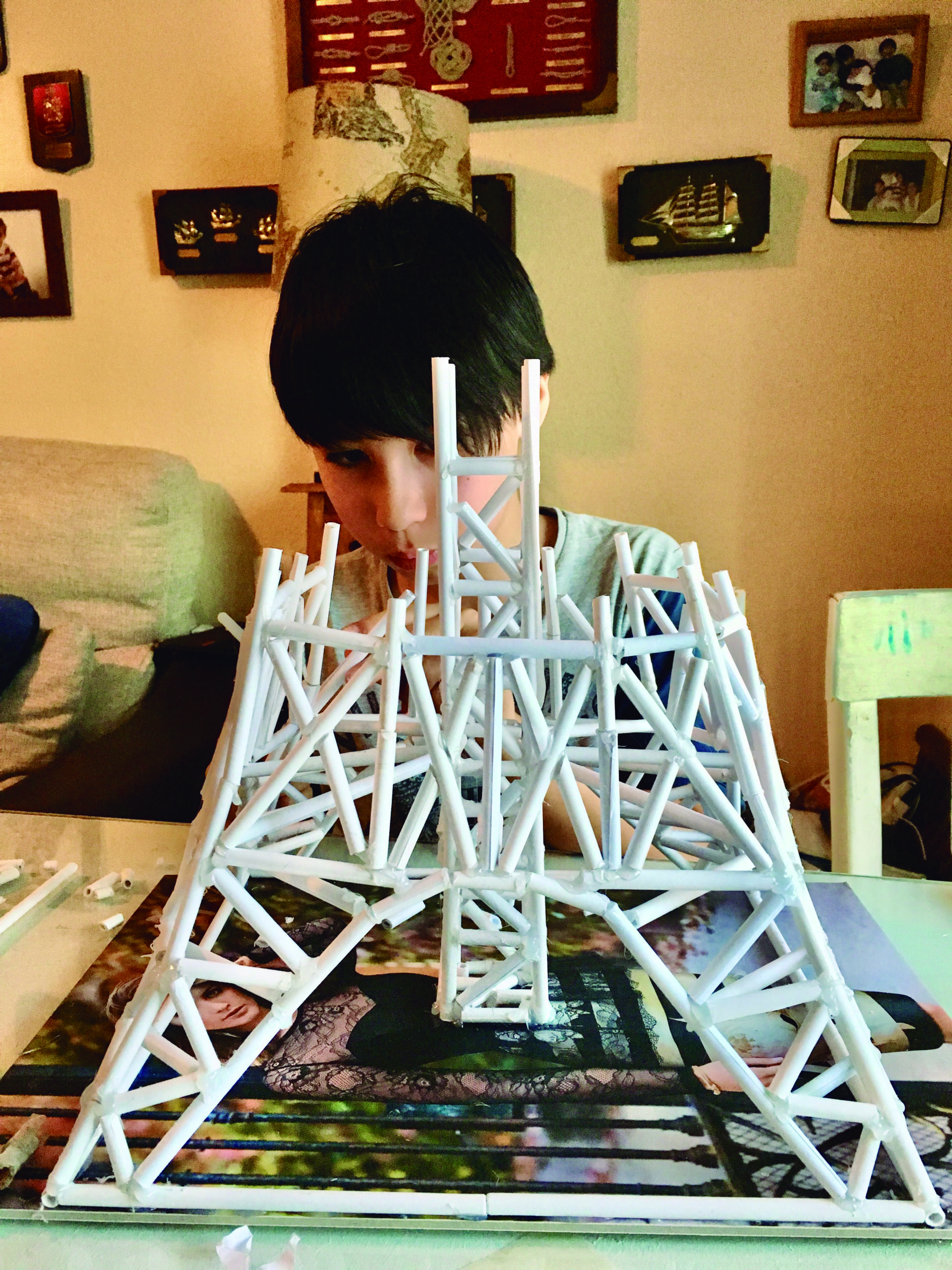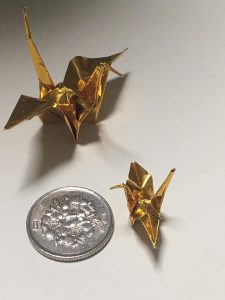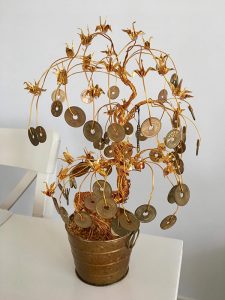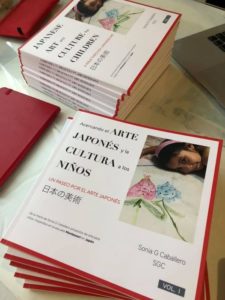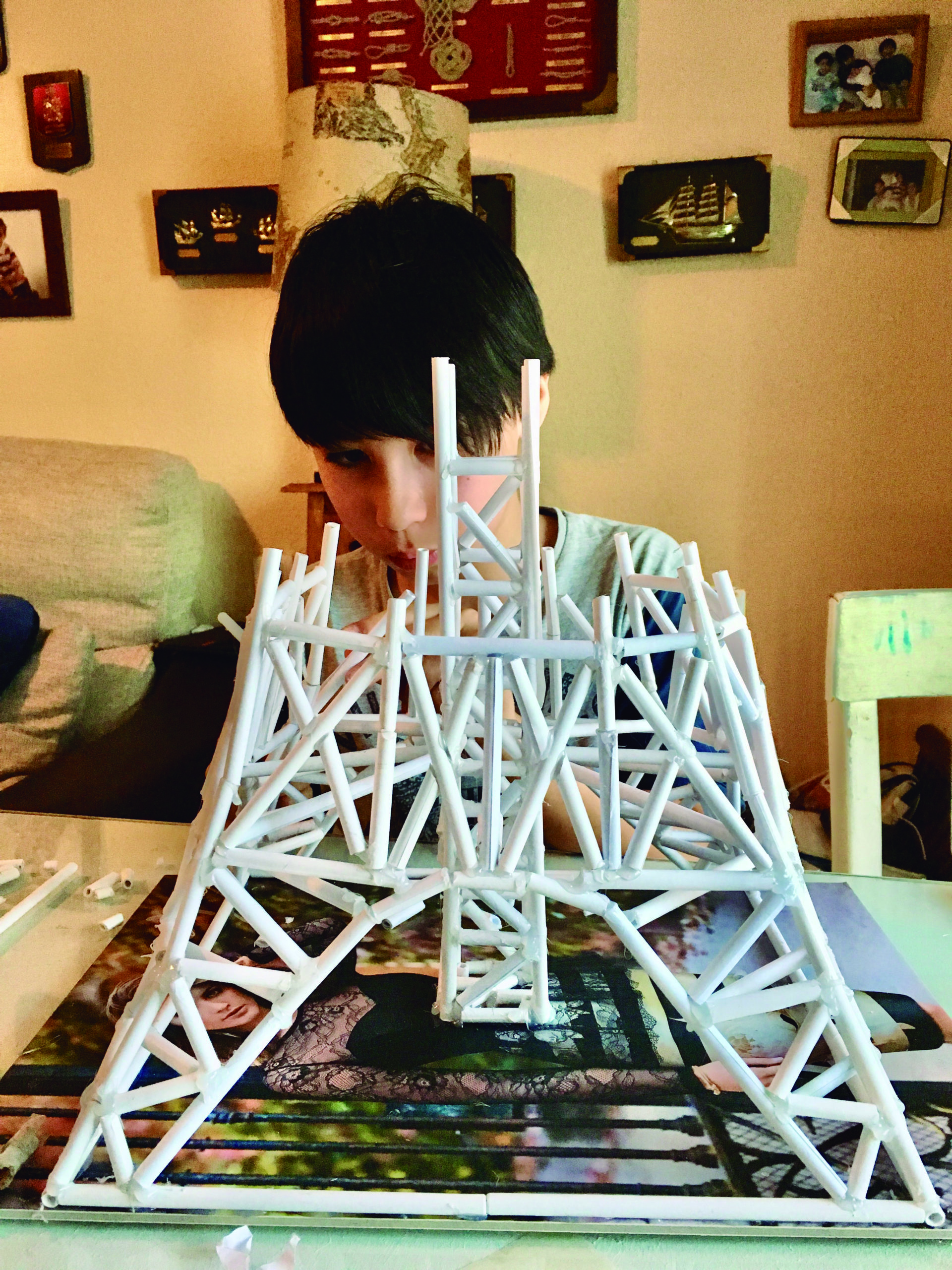KOTODAMA 言霊. The Heart of Japan, Art and Culture.
KOTODAMA 言霊. The Word has Life. The Word has Soul... Thus begins the chapter in which this expression of power is explained. Concentrate ki 気 and make a sentence of the word to be fulfilled. That is the power of KOTODAMA.
There are many books written about Japanese concepts that have become very fashionable in recent years such as IKIGAI, SHINRINYOKU, WABI-SABI & ART...etc. KOTODAMA 言霊, is a book that collects twenty-eight concepts, some of them unpublished outside Japan and that appear for the first time in this book such as KOKORO WO KOMETE 心を込めて, KOTODAMA 言霊, KACHOUFUGETSU 花鳥風月...etc some of them we have already discussed in this blog and in the facebook group JAPAN ART & CULTURE |Nihon no kokoro 日本の心.
In this book you will find a compilation of all those concepts that throughout my more than twenty years living in Japan, have left a mark in my heart and have changed my way of perceiving the world.That is why after many years collecting all this information with my own experience and in my own life I wanted to share them with the world in a fun and entertaining way, telling my own experiences, as you can read in the presentation and back cover of the book:
"...Brushstrokes of Japan ...
I intend to show a series of concepts of Japanese Art and Culture, without going deep into any of them. So that they bring you closer to Japan.
Some are a series of concepts of Japanese philosophy of life that, if you apply them, will change your course and your way of perceiving the world as they have done with me.
I hope they will help you find peace and happiness as much as they have helped me.
Currently KOTODAMA 言霊, is only available in Spanish, and you can get it in your Amazon Marketplace.
If you want it dedicated you must buy it on the same website of Sonia G Caballero and fill out the form created specifically to be able to offer the books with a dedication. An exclusive service that you can enjoy and have your book or make a unique gift with a dedication of the author for the person to whom you give the book.
Order your book KOTODAMA言霊 dedicated here.
or in your Amazon marketplace.










